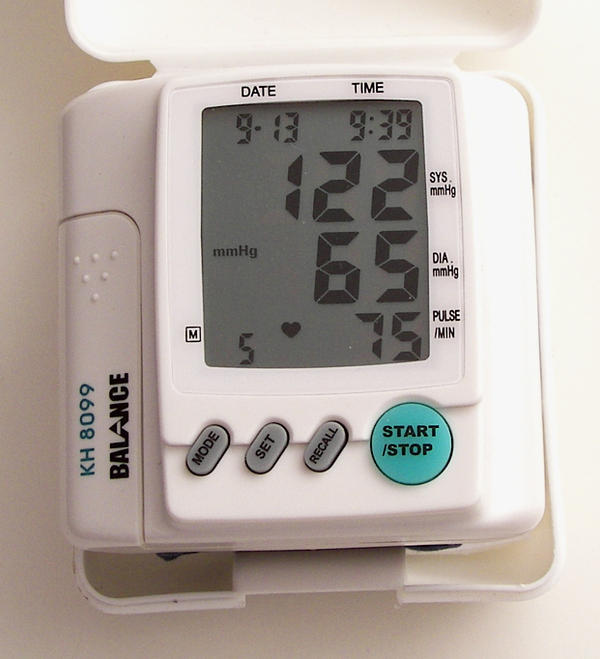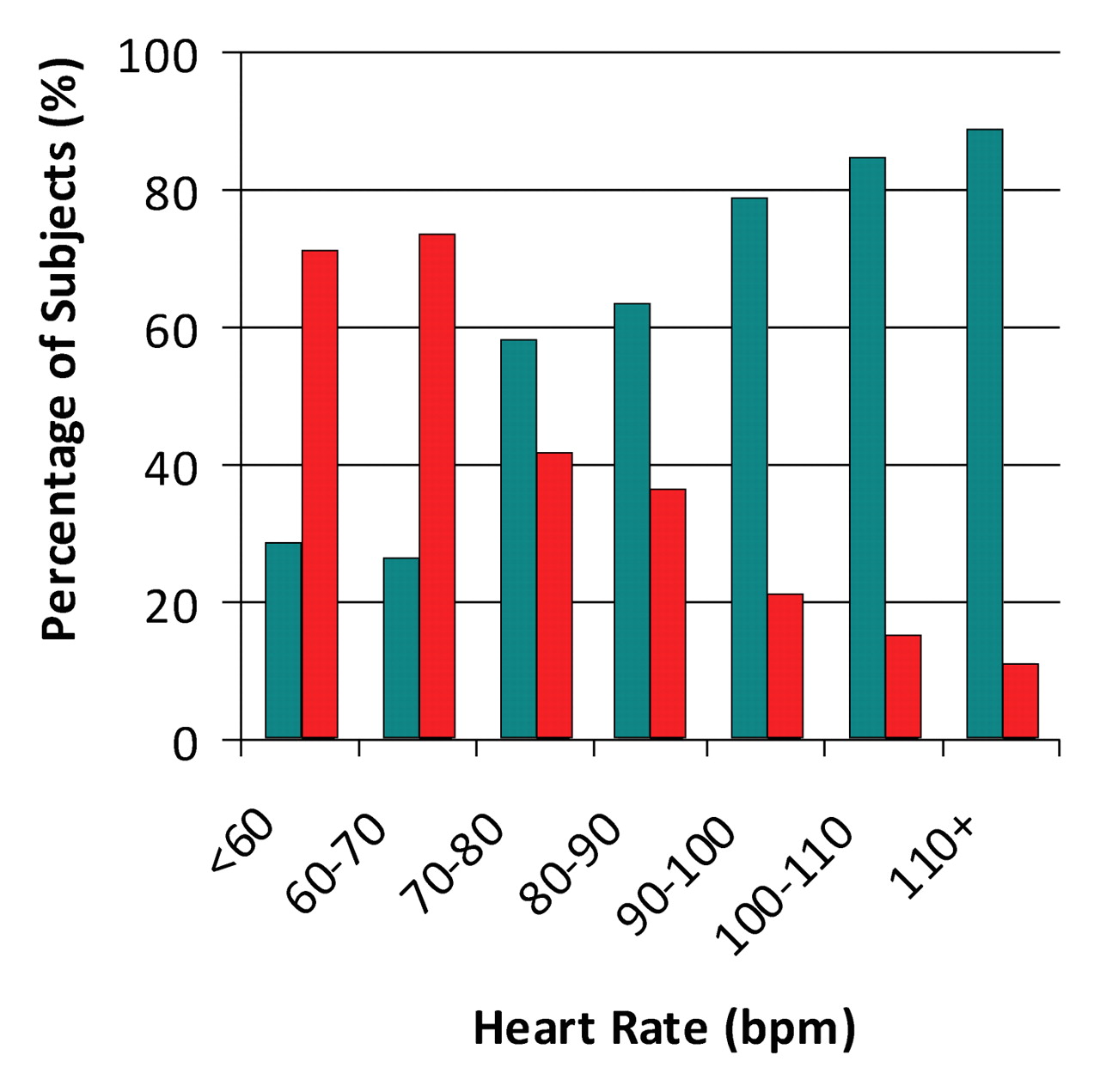Difference Between Systolic and Diastolic Pressure

When it comes to human health, there are certain measurements that are very important and every attempt should be made to ensure that these numbers are always in a normal range.
Blood pressure is one such measurement that is crucial for the overall health of a person. In case blood pressure is consistently high, it can take its toll on several organs in the body including kidneys, eyes and heart. It can in the long run be the cause serious complications to an individual. Blood pressure issues can often lead to other problems in the human body which can result in serious damage to your overall health.
Low blood pressure can be even more dangerous as it does not give the person suffering time to recover from the situation and can prove to be fatal in very little time. Both high and low blood pressure is very dangerous.
You often hear the terms systolic and diastolic when it comes to blood pressure. Both make up your overall blood pressure though they themselves have certain differences.
Diastolic is the amount of pressure which is exerted on the walls of some arteries in between the beating of the heart, the time when the heart is relaxed. Systolic is the pressure on the vessels and arteries that is put by blood during the beating of the heart.
The general range for diastolic is 60-80 mmHg for adults whereas the systolic is generally ideal at 90-10mmHg.
Diastolic comes from the Greek term diastole which means a drawing apart. Systolic also comes from a Greek term systole which means drawing together or a contraction.
Diastolic is the minimum pressure on the arteries whereas systolic is the maximum pressure that is exerted on the arteries.
Blood pressure increases with age and systolic pressure often is on the higher side in people in their advanced years. The diastolic pressure is particularly important in young people who can have their organs damaged in case of high diastolic pressure.
In diastolic pressure, the blood vessels are relaxed. On the flip-side, they are contracted in systolic pressure.
Instructions
-
1
Diastolic
It refers to a time period when the heart is relaxed and is in expansion. It is the lower part of blood pressure.
- Image Courtesy: proteinpower.com
-
2
Systolic
It refers to the pressure of blood on the arteries when the heart beats. It is the higher part of blood pressure.
- Image Courtesy: radiology.rsna.org







